Top 10 Most Haunted & Ghostly Destinations in Japan
 |
| Top 10 Most Haunted Places in Japan. Image: KnowInsiders.com |
| Table of Contents |
Japan is a strangely wonderful country, with its own cuisine and a strong cultural focus on anime and cosplay. With 6,852 islands making up the nation, every region has a unique climate and culture. The Japanese share a fascination with paranormal phenomena, which is evident in the abundance of horror films, TV shows, novels, and other works they produce. These were based on real haunted places in Japan, of which there are undoubtedly many.
What are the most haunted and ghost places in Japan?
10. Labyrinth – The Scary Hospital
 |
| Photo: April and Summer |
The Labyrinth of Fear at Fuji-Q Highland is regarded as one of the biggest and scariest haunted houses in the world, so those who are afraid should not enter. This two-story building is the epitome of the perfect maze of fear, with its hospital setting and 900 meters of perplexing maze to navigate amid strange echoes and sounds.
The legend surrounding the Labyrinth of Fear dates back to a well-known hospital near Mount Fuji. There, doctors were accused of selling patients' internal organs and disposing of their bodies, which caused the ghosts of the deceased to reappear and murder numerous doctors. This story has persisted for years.
I went there with another person, and the craziest experience we had was in the Room of No Escape, where we were trapped in a strange room with strange lighting, no way out, and ghosts pursuing us. I was screaming so much I finally lost my voice. That was so terrifying. I don't think I could muster the courage to visit Fuji-Q's haunted house once more. Haha
The Labyrinth of Fear is for you if you think you have the nerve to explore the spooky sounds, encounter odd sights and smells, and navigate through incredibly dark passageways!
However, don't worry if you truly can't stand it any longer. In certain areas of the building, there are pink doors labeled "retire," where you can simply take a moment to yourself when you've decided to give up. However, do not dare! After you finish the 50 minutes of pure terror, you will be proud of the Labyrinth of Fear!
9. SSS Curve – The Martyrs Of The WW
This road in Okinawa, Japan, has a reputation for being haunted. This was the site of many Japanese soldiers' deaths during World War II. There are rumors that their ghosts continue to torment the locations where they fell, including the SSS Curve. Although not much is known about this specific location, visitors have reported paranormal experiences. Certain individuals have reported experiencing moments of queasiness, vertigo, and the sensation of a hand touching them. Not to mention the sense that one is being observed. According to some accounts, there are ghostly figures in the area that are dressed like soldiers. Numerous paranormal investigators have come to this location in an attempt to witness this paranormal activity.
If you're still not scared after visiting the haunted locations in Sasebo, Japan, you should visit Okinawa's SSS Curve. Many Japanese soldiers lost their lives as a result of the World War II's widespread carnage on Okinawa. There is a legend that these soldiers return to haunt this stretch of road, and visitors frequently experience nausea, vertigo, and a sensation of someone touching them. To document this phenomenon, a number of Japanese paranormal TV hosts have visited the location. You don't want to experience this kind of creepy feeling while driving!
8. Huis Ten Bosch – The House Of Horrors
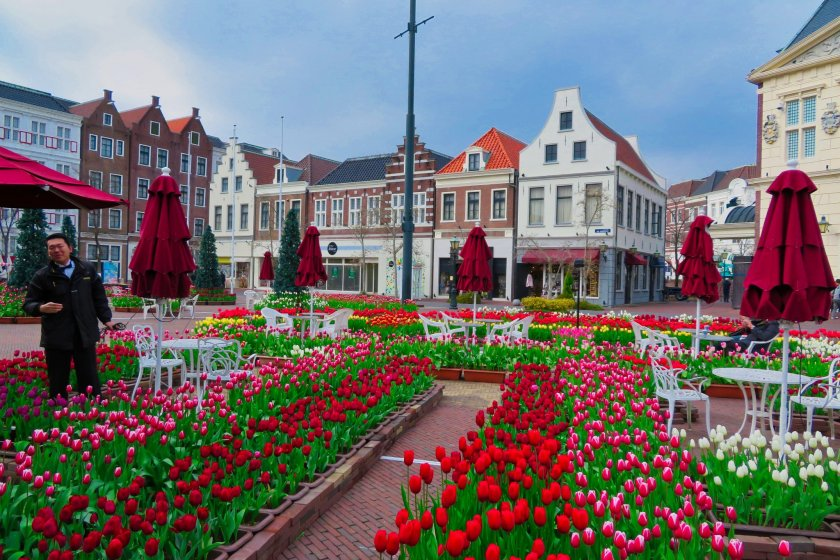 |
| Photo: Japan Travel |
Life-size replicas of historic Dutch buildings are on display at Huis Ten Bosch (ハウステンボス, Hausu Ten Bosu), a theme park in Sasebo, Nagasaki, Japan that attempts to recreate the Netherlands. The English translation of the name Huis Ten Bosch is "House at the Woods/Forest". It bears the name of Huis ten Bosch in The Hague, one of the Dutch Royal Family's three official residences.
The park has a lot of Dutch-style structures, including windmills, canals, amusement rides, hotels, villas, theaters, museums, shops, and restaurants. There is also a park with flowers that bloom seasonally. Huis Ten Bosch is about 12 km southeast of Sasebo. It opened for business on March 25, 1992. It is located on Hario Island, which is essentially a section of reclaimed marshland on Kyushu's main coast facing Ōmura Bay. Its placement in this part of the nation is symbolic of the historical ties that have existed between the Netherlands and Japan, dating back to 1609, when the Dutch established a trading post at Hirado, an island off the coast of Kyushu that is about 35 kilometers northwest of the center of Sasebo. Every day from 9.00 a.m. to 9.30 p.m. (or 9.00 a.m. to 8.30 p.m. from December to February), the Huis Ten Bosch park is open. The cost of a day's "passport" ticket, which grants access to several park attractions, is 4,400 yen for children and 5,600 yen for adults. From Nagasaki, you can take a bus or JR train to the park. It is also accessible by boat from Sasebo or Nagasaki Airport.
In 1996, the park saw a peak attendance of 4.25 million people. However, the park filed for bankruptcy in 2003 with a debt of 220 billion yen as a result of the decline in tourists brought on by Japan's economic downturn. Nomura Principal Finance Company sponsored the rebuilding plan until March 2010, at which point travel agency H.I.S. took over management by contributing 2 billion yen.
The Henna Hotel (also known as the "Strange Hotel") opened there in 2015. Though initially, humans will work alongside the robots, this is the first hotel in the world to be staffed by robots.
7. Ikego Middle Gate
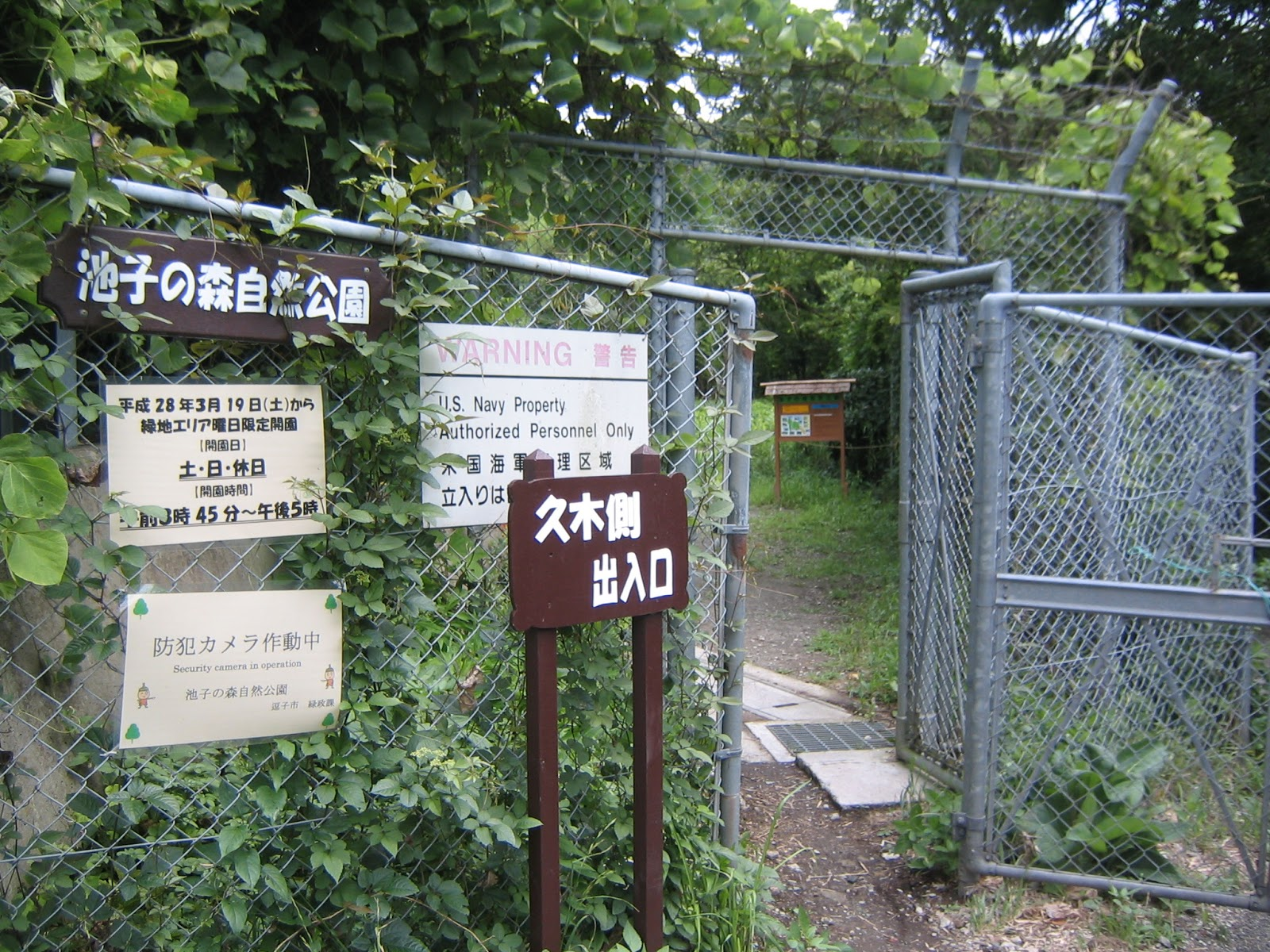 |
| Photo: Adventure in Yokohama Citizen Forest |
An abandoned World War II Japanese concentration camp and its eerie forest surrounds Yokosuka, Japan. Numerous terrible things have occurred on this land.
Many samurai warriors lived in the surrounding forest between 1192 and 1333. When Kamakura enemies attempted to take Ikego, a war broke out. When the city collapsed in 1333, many people committed mass suicide by seppuku, immolation, and beheading. The samurai who perished there are rumored to still haunt the trees.
The discovery of mass graves constructed in the hills during the 16th and 17th centuries is the next event. There are roughly fifty burials in Ikego that contain pottery and human remains. However, this is not the end of the horrors here.
This location served as a Japanese POW camp and armaments depot during World War II. This location saw the murder and forced labor of thousands of Chinese and Korean workers. Even now, the five incinerators remain intact. The area was quickly transformed into a US military housing complex. Not the most elegant location. It's said that every prisoner who passed away continues to haunt this location. Numerous people have reported hearing cries for assistance.
The main, middle, and back gates are the three entrances to the camp. The middle gate's guards claim to have heard voices and footsteps and to feel as though they are being observed. Worse, some have claimed to have seen a missing-legs soldier crawling on the ground (or floating) while dressed in WWII gear.
The camp opens its grounds and camp to visitors for a harvest and haunted Forrest festival held annually. Numerous tourists have told stories of seeing ghosts in the forest or close to their camp.
 Top 10 Most Haunted Tourist Attractions In The United States Top 10 Most Haunted Tourist Attractions In The United States What about spending your vacation in an inn that was once a mortuary? This Halloween season, add a few supernatural spots to your travel bucket ... |
6. Round Schoolhouse
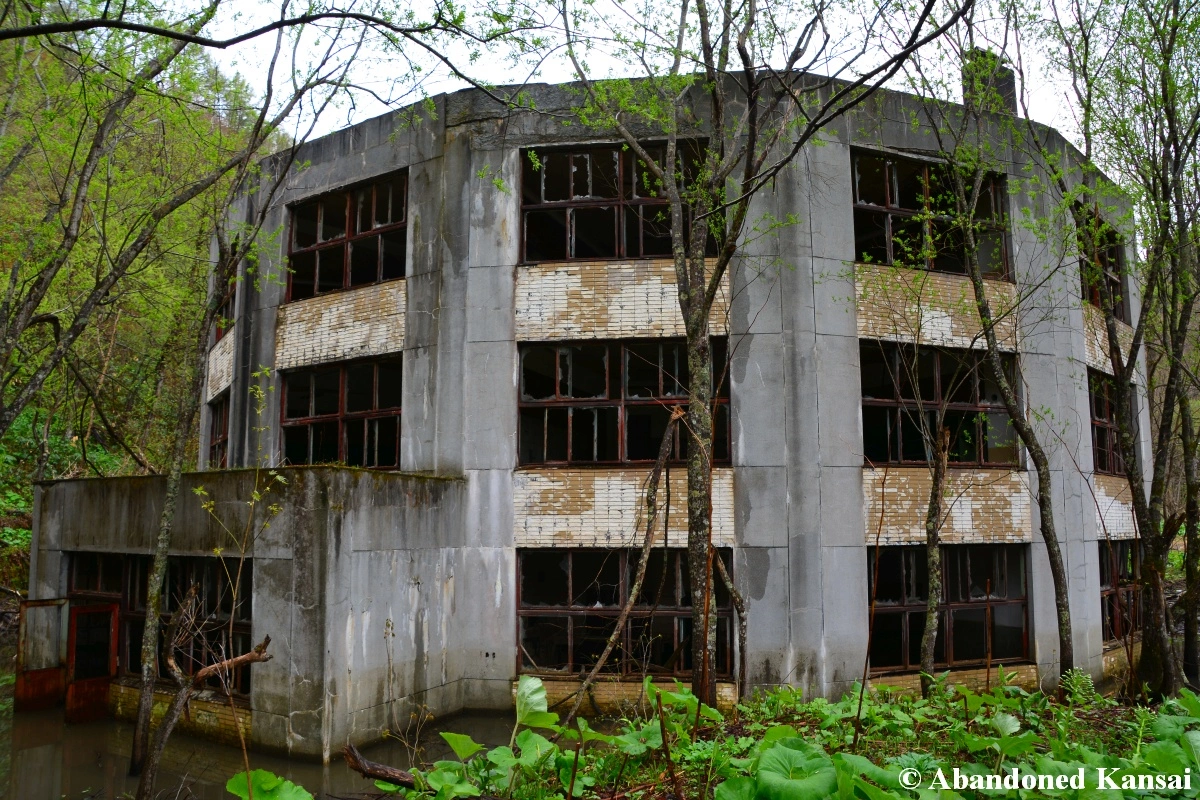 |
| Photo: Abandoned Kansai |
There are rumors that the Round Schoolhouse in Hokkaido is the location of all the paranormal activities in the book, including noisy ghosts, floating lights, strange shapes, and abandoned cars. The school was operated like an elementary school and was constructed in 1906 in a unique round shape. But it closed in the 1970s and has remained deserted ever since. These reports of paranormal sightings quickly began to come in, and many paranormal enthusiasts hurried to investigate the reports.
It is reported that a small number of them returned insane and spoke haltingly, while many of them returned with unsettling stories of what they had seen and heard. It is still ranked highest among Japan's haunted attractions.
5. Okiku’s Well – The Shrieking Banshee
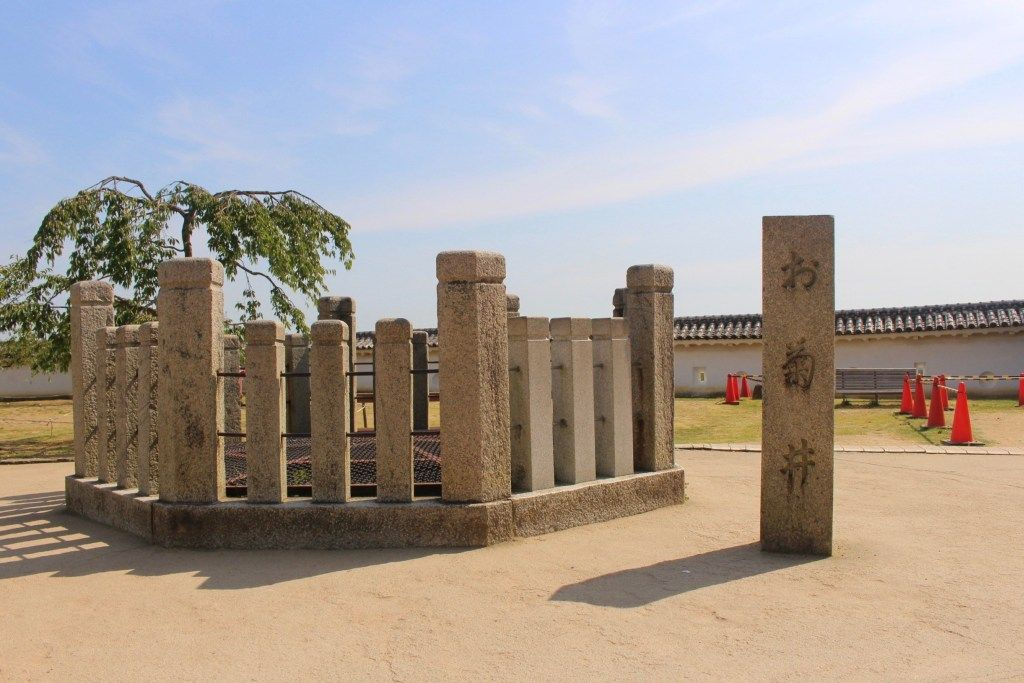 |
| Photo: Pinterest |
In the kabuki drama Bancho Sarayashiki, Okiku works as a maid in Tessan Aoyama's home, a Japanese samurai. The cute girl turns down the samurai's advances in seduction. Aoyama employs a ruse. He conceals one of ten priceless Dutch plates and threatens Okiku if she doesn't agree to become his mistress or he will reveal that she stole the plate. Okiku drowns after tossing herself into the well out of desperation.
Every night, Okiku's ghost emerges, counts to nine, and then lets out a horrendous howl and sob. At last, Aoyama's daily nighttime apparitions drive him insane.
The Okiku ghost story is told in a variety of ways. What unites them all is the account of her spirit emerging from the well, counting to nine, and then erupting into heartbreaking weeping.
A different version of the story has Okiku actually breaking a plate, getting killed by her master, and having her corpse thrown into the well.
In a different version, Aoyama's wife is the one who breaks the plate. She accuses Okiku of stealing the broken plate and throws it into the well to cover up her guilt. In this version, she is also cast into the well and killed by her master as a form of punishment.
An additional version of the story's resolution exists. Aoyama's family hires a friend to help put an end to the nightly crying. He is hiding at the well during the night, and he steps forward and yells loudly "ten" after Okiku has counted from one to nine. The ghost of Okiku was never seen again after that.
Okiku's well is one of Himeji Castle's tourist attractions. According to the Himeji version, Okiku was a retainer and servant of Aoyama who schemed to overthrow his master. After hearing about the scheme, Okiku informed her partner, a devoted warrior. The scheme was foiled.
Aoyama made the decision to murder Okiku after realizing that she was the reason behind his failure. Thus, he charged her with stealing one of the ten pricey dishes. She was cast into the well after being tortured to death.
The garden of the Canadian embassy in Tokyo, which was built on property purchased from the Aoyama family, is in competition with Okiku's well on Himeji Castle. It appears that the locations of the poor girl's well are at least as numerous as the variations in her tale.
A impoverished girl from a lower social class is treated terribly unfairly and cruelly in all of the retellings of the Okiku ghost story. However, unlike Yotsuya's ghost story, the main theme here isn't revenge on the tormentor (well, except in one version).
4. Camp Hansen Gate 3
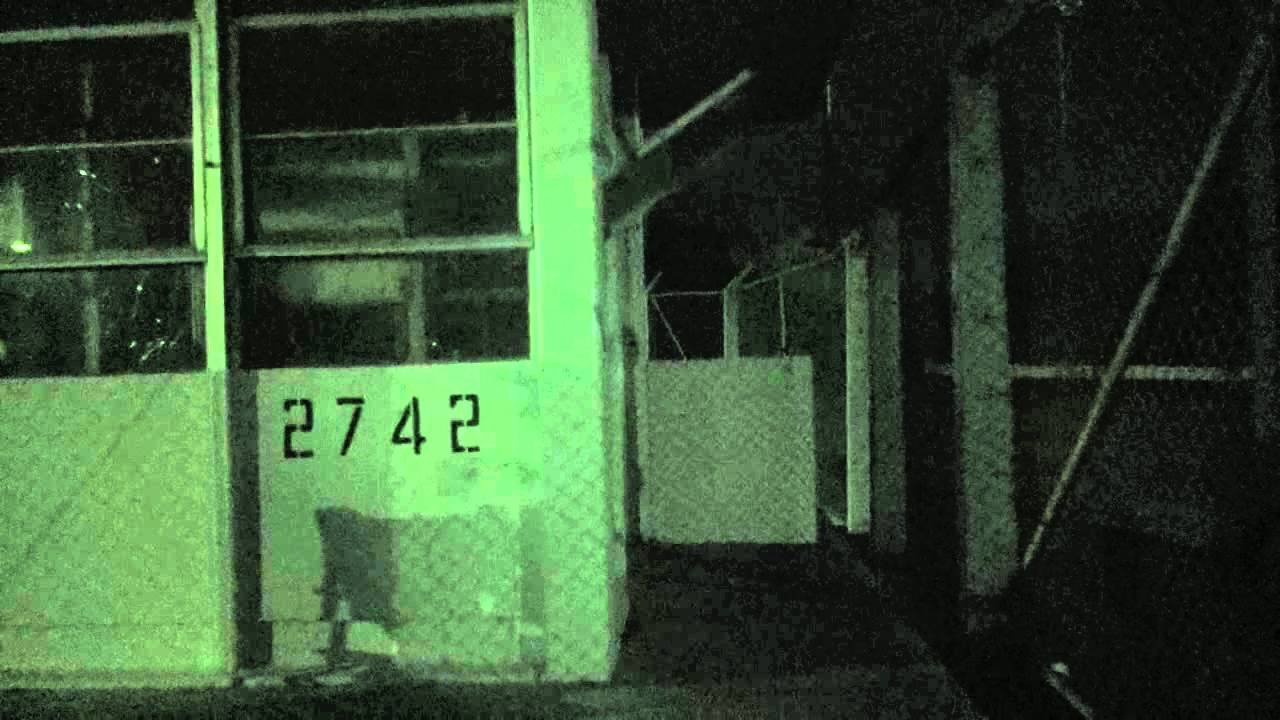 |
| Photo: Youtube |
Japan suffered greatly from World War II and lost a great deal of its soldiers. The Okinawan camp Hansen is one location where this has happened. With over 6,000 marines stationed there, the camp is a USMC base. There are rumors of a lone soldier who shows up wearing World War II fatigues smeared with blood and asking people around him for cigarettes.
Numerous accounts have surfaced regarding these sightings, and fearless marines even declined to keep guard at the gate. As a result, Gate 3, where the soldier's ghost is seen, was eventually closed. It is regarded as one of Japan's most haunted locations as a result.
3. Nakagusuku Hotel ruins (中城ホテル跡)
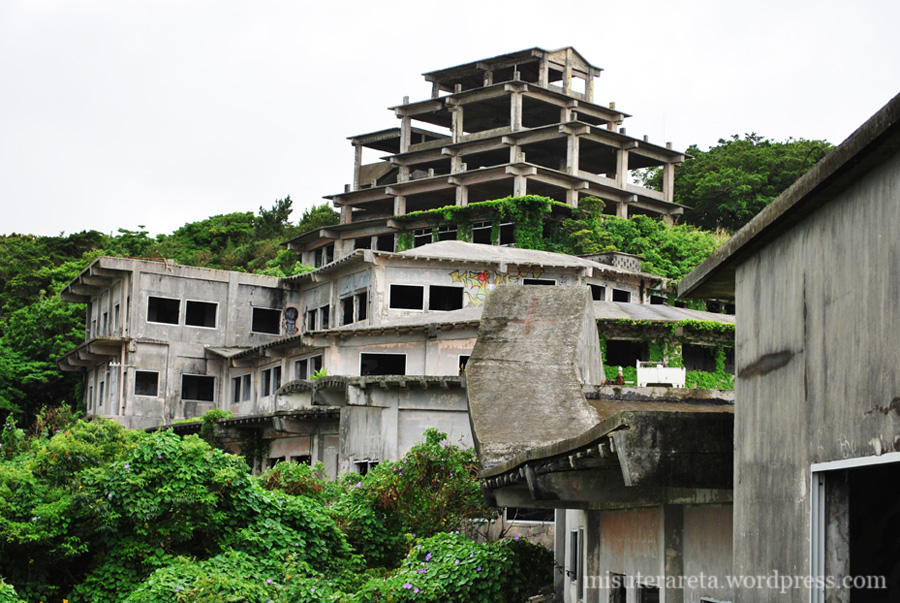 |
| Photo: Haikyo Explorations in Japan |
Known by various names such as the Royal Hotel, Takahara, or Kogen Hotel (高原ホテル, Takahara/Kōgen Hoteru), the Nakagusuku Hotel site (渭城ホテル跡, Nakagusuku Hoteru ato) is an unfinished and abandoned hotel located in Kitanakagusuku, Okinawa. It is positioned no more than fifty meters from Nakagusuku Castle's walls.
It is thought to have been constructed by a prosperous Naha businessman to capitalize on the Okinawa Ocean Exposition in 1975. Because of its views of the East China Sea and the Pacific Ocean, the hill directly south of Nakagusuku Castle was selected as the construction site. Monks from a neighboring Buddhist temple warned that the location contained many graves and holy places, but at first they were disregarded. Following numerous construction-related mishaps, the laborers declined to complete the complex. It is now overgrown with weeds and empty.
In Japanese, the hotel is most commonly known as 中城高原ホテル跡 (Nakagusuku Takahara/Kogen Hotel site). The name is more of a description than it is a name. 厼 can be pronounced as Kōgen, which means plateau, or Takahara. The faded word "Royal" painted above the entrance suggests that the builder intended for it to be known by another name, the Royal Hotel.
2. Oiran Buchi – The Wailing Women
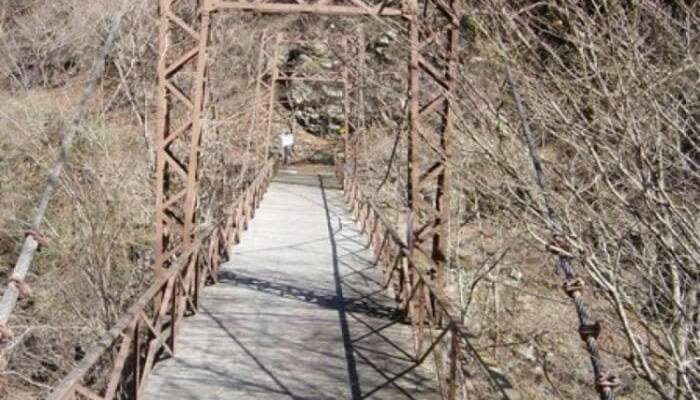 |
| Photo: Mysterious World |
Although women have been exploited by men for as long as there has been time, the legend of the Yamanashi Oiran, or prostitutes, still terrifies people to this day. One of Japan's scariest locations is the Oiran Buchi bridge.
The story begins in the sixteenth century, when the Takeda Clan operated brothels and gold mines in the region to provide employment for their miners. The Takeda clan killed all the prostitutes to prevent them from disclosing the location of the mines before fleeing the area following the Battle of Nagashino.
The clan members cut the ropes and invited the women on the bridge!
1. Inukane Pass Tunnel
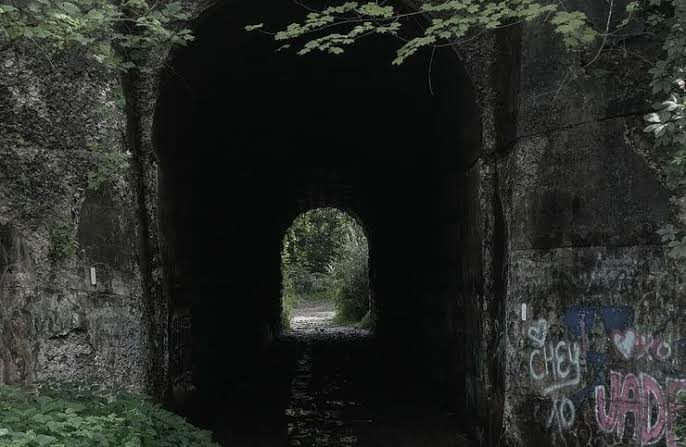 |
| Photo: Mysterious World |
Some claim that the Old Inunaki Tunnel is one of Japan's top three haunted locations. It gained notoriety in particular for a horrific murder that happened there. This is the report's format:
The charred remains of Umeyama Kouichi, a 20-year-old factory worker, were found at Inunaki Mountain Pass at midday on December 7, 1988. A group of young people (16–19 years old) from the Takawa district were detained by the police on suspicion of killing Umeyama by dousing him in gasoline and setting him on fire.
It was said that Umeyama was a very filial young man. He was leaving work to go home when the incident happened.
The youths approached Umeyama, who was waiting in his car at a stop sign, and that's when the incident started. "Now that we're picking up some girls in your car, please stop acting so tough and leave." Umeyama refused, so the young people attacked and kidnapped him, abusing him again. Despite his wounds, Umeyama managed to escape after spotting a gap in the youths' defense. He then tried to find his way home. But since he couldn't get assistance from passing cars, the group caught him again.
Umeyama resisted the irate youths' attempt to throw him off Kanda Port by desperately clinging to the fence and fending off their onslaught. Seeing Umeyama in this state, one of the young people expressed regret or possibly fear and advised them to stop. The ringleader told his buddies, "We're all in this together," and they made the decision to kill him because they were worried that their attack would be discovered.
Umeyama was beaten with cranks, wrenches, and other tools while being placed in the car's trunk. When they attempted to dispose of the body at Rikimaru Dam, they burned it to make it impossible to identify the deceased and headed for the abandoned Old Inunaki Tunnel out of concern that it would float.
They said their bike had run out of gas and, upon reaching the Old Inunaki Tunnel, they doused Umeyama's head in gasoline (which they had purchased in a PET bottle at a gas station en route). His terrified scream reverberated throughout the horrifyingly deserted tunnel. There were numerous legends about vengeful ghosts in the old tunnel even before the incident. Perhaps as a result, Umeyama took advantage of the momentary flinch from the youths and fled into the forest.
The young people yelled at him. Come on out, we're not going to do anything. We tell the truth. It would be difficult to believe such a statement after experiencing such violence, but for some reason Umeyama did believe them and came forward.
He was apprehended by the youths for the third time. They tied his hands and feet, shoved torn clothing into his mouth, and repeatedly struck him over the head with a stone. The blood spray from this is reported to have flown far enough to land on the nearby guardrail. But Umeyama refused to die, so the youths again doused him in gasoline and set him on fire while pleading for his life. Umeyama screamed for assistance while struggling fiercely and writhing in agony. It is also reported that scorched remnants of his clothing were discovered on the guardrail.
Pain-mad, Umeyama ran all the way back to the tunnel's entrance, where his body finally gave out and he fell to the ground. After the youths left, they decided to make sure Umeyama was dead for good this time. They went back to the scene to make sure he was dead, and then they left again for Fukuoka City.
Following that, the young people were overheard gleefully bragging, "We just killed someone!" at a bar. Set ablaze the man!
Blood loss from the head was reported to be the cause of Umeyama's death. The agony and suffering he must have endured, with his body being burned until he eventually passed away from blood loss, is unfathomable.
The next day at noon, Umeyama's body was found, and the young people were quickly taken into custody.
The primary offender, a stallholder assistant in Tagawa-gun, Fukuoka Prefecture, who was 19 years old at the time of the crime and received a life sentence at his initial trial, claimed, "There was no clear intention to kill, the sentence is too harsh," during the appeal trial held in Fukuoka Court on March 8, 1991. He requested a reduction in his sentence. But Maeda Kazuaki, the presiding judge, declared, "The cruelty shown is unlike any other seen in similar cases." The defendant has a great deal of responsibility because they were a major player. The other young people were also found guilty and the appeal was denied.
 Top 10 Most Beautiful Caves in the US Top 10 Most Beautiful Caves in the US The contiguous alone US is home to 45,000 caves, including the longest caves on Earth. So, Which are the 10 most beautiful caves in the ... |
 Manchester United Manager: Top 10 Candidates Who Could Replace Solskjaer Manchester United Manager: Top 10 Candidates Who Could Replace Solskjaer Looks at the top 10 potential candidates who to replace the 48-year-old Solskjaer if and when he is shown the door at Old Trafford of ... |
 How To Style Curly Hair Men And Top 10 Trends in 2022 How To Style Curly Hair Men And Top 10 Trends in 2022 To see what would be the new hairstyles for men with curly hair, keep reading the article below. |
 Top 10 Best Toilet Papers in the UK Top 10 Best Toilet Papers in the UK Check out Top 10 Most Popular Brans of Toilet Paper in the UK Today! |


























